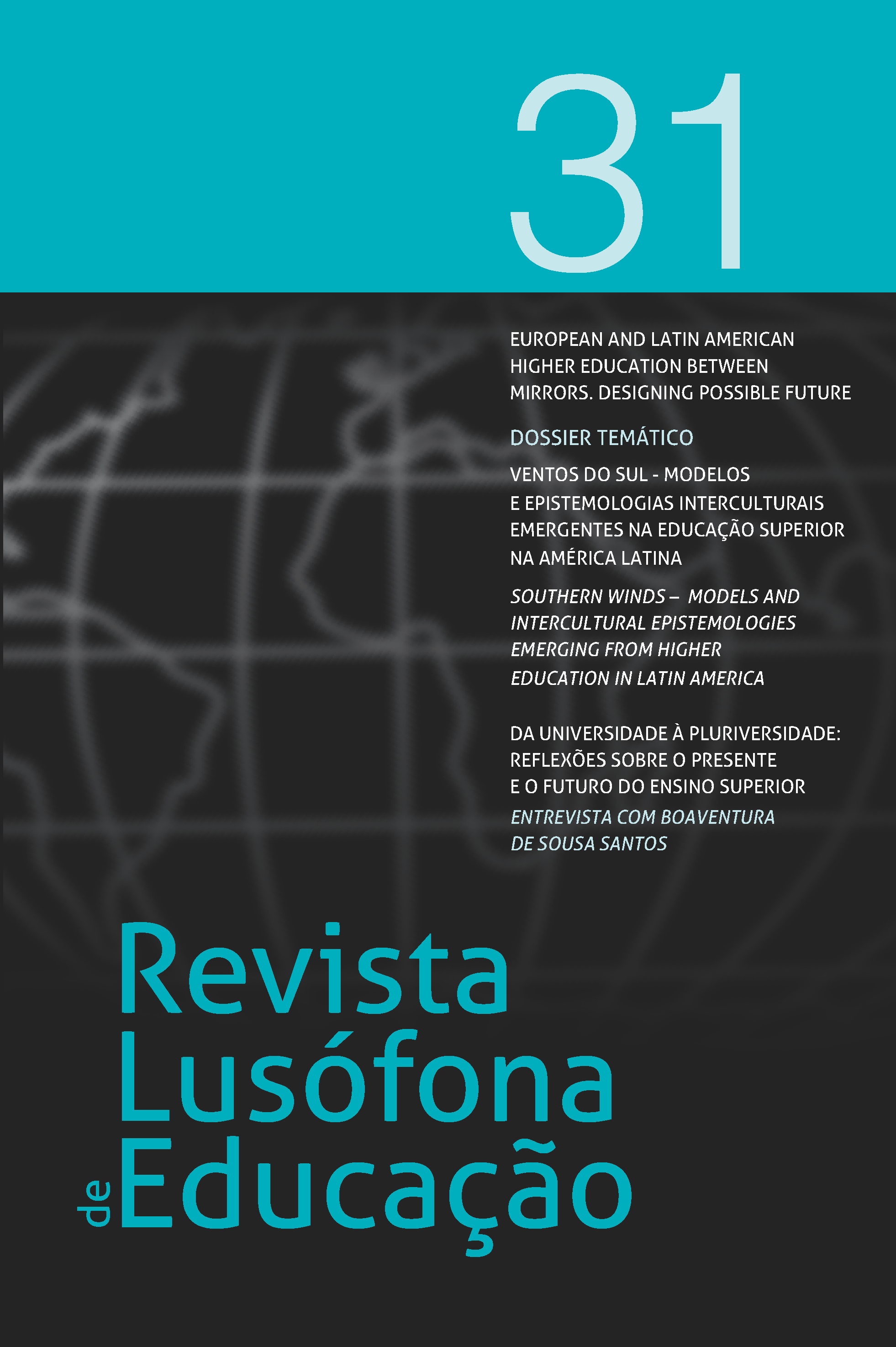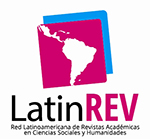How Intercultural is an “Intercultural University”? Some lessons from Veracruz, Mexico
Abstract
Since the beginning of the 21st century, a new institutional figure starts to appear in the arena of Mexican higher education: the socalled “intercultural university”. What was first presented and conceived just as another link in the chain of preschool, primary and increasingly also post-primary schools “with an intercultural and bilingual approach”, created in and for the indigenous and multilingual regions of Mexico, now starts to have characteristics of a new uni- versity subsystem destined to provide an academic training which is supposed to be culturally relevant to students who are defined as diverse and different in ethnic, linguistic and/or cultural terms. In practice, this new educational offer is focused on students from indigenous regions who have been excluded from formal higher education and have had access only recently to complete basic education and also gradual access to upper secondary education. In this contribution, we briefly sketch the general tendencies that characterize this emerg- ing educational subsystem, before illustrating a case study which stems from a collaborative ethnography that we are conducting with one of the intercultural universities, the Universidad Veracruzana Intercultural (UVI), in order to finally draw some conclusions on the allegedly “intercultural” character of this new educational institution.
Key words:
intercultural education; intercultural university; collaborative ethnography; Veracruz.
Downloads
-
Authors retain copyright of their work, without any payment, and grant the journal the right of first publication. The work is simultaneously licensed under a Creative Commons Attribution 4.0 International License (CC BY 4.0), which allows others to share (copy and redistribute the material in any medium or format) and adapt (remix, transform, and build upon the material for any purpose, even commercially), provided that proper credit is given to the author(s) and the initial publication in RLE is acknowledged.
-
Authors are permitted to enter into separate, additional contractual arrangements for the non-exclusive distribution of the version of the work published in this journal (e.g., depositing it in an institutional repository or publishing it as a book chapter), provided that authorship and initial publication in RLE are acknowledged.
-
Authors are allowed and encouraged to post and disseminate their work online (e.g., in institutional repositories or on their personal websites), as this can increase the visibility and citation of the published work (see The Open Access Effect).








